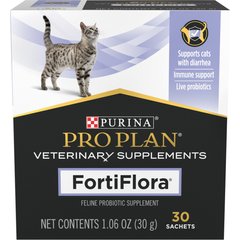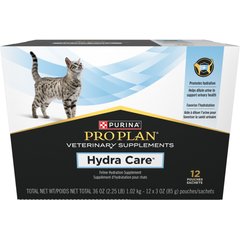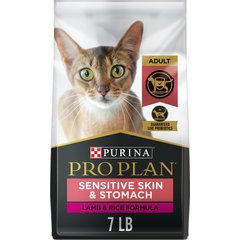Cat Flu
H1N1 Influenza Infection in Cats
The H1N1 variant of the influenza virus, previously known somewhat inaccurately as “swine flu”, is contagious to cats as well as to people. In addition, this virus is also known to be able to infect dogs, pigs, and ferrets. Though the spread of this particular influenza virus is no longer considered to be an epidemic of emergency proportions, it does continue to spread worldwide.
Symptoms and Types
Symptoms may range from very mild to extremely severe and some infected cats may show no signs of disease at all.
The most common symptoms seen include:
- Coughing
- Sneezing
- Lethargy
- Lack of appetite
- Runny eyes
- Runny nose
- Fever
- Labored breathing
Some cats infected with H1N1 influenza have not survived, but the majority of infected cats suffer mild to moderate symptoms.
Vet Recommended Health Support
- Feliway Optimum Enhanced Calming 30 Day Diffuser for Cats$29.99Chewy Price
- Purina Pro Plan Veterinary Diets FortiFlora Powder Probiotic Digestive Supplement for Cats, 30 count$30.99Chewy Price
- Purina Pro Plan Veterinary Diets Hydra Care Liver Flavored Liquid Supplement for Cats, 3-oz pouch, case of 12$14.99Chewy Price
- Purina Pro Plan Adult Sensitive Skin & Stomach Lamb & Rice Formula Dry Cat Food, 7-lb bag$28.08Chewy Price
Causes
The H1N1 influenza virus is the virus responsible for the flu strain originally known as "swine flu" which first surfaced in 2009. The infection has been diagnosed throughout the world.
Diagnosis
The presence of flu-like symptoms in a human member of the household may prompt the suspicion of an H1N1 infection in a sick cat with similar symptoms.
A physical examination will reveal a pet with flu-like symptoms.
Definitive diagnosis in pets is usually obtained through PCR testing on swabs collected from the nose or throat or fluid collected from the trachea. This is a molecular test that detects the presence of RNA from the virus. Additional blood testing to rule out other diseases that can cause similar symptoms may be necessary as well.
Chest X-rays may be recommended to evaluate the lungs for signs of pneumonia or other changes.
Treatment
There is no cure for influenza and treatment is symptomatic in nature. Nursing care may be required to keep the eyes and nose clean and clear of discharges. Infected cats may need to be enticed to eat or even hand-fed.
Antibiotics may be necessary to prevent or treat secondary bacterial infections. Fluid therapy may be necessary to combat dehydration as well.
Prevention
Attention to good hygiene is the best way to prevent H1N1 influenza. Wash your hands thoroughly and often. Encourage children in the household to do so also.
Avoid contact, if possible, with people or other animals who appear to be ill.




